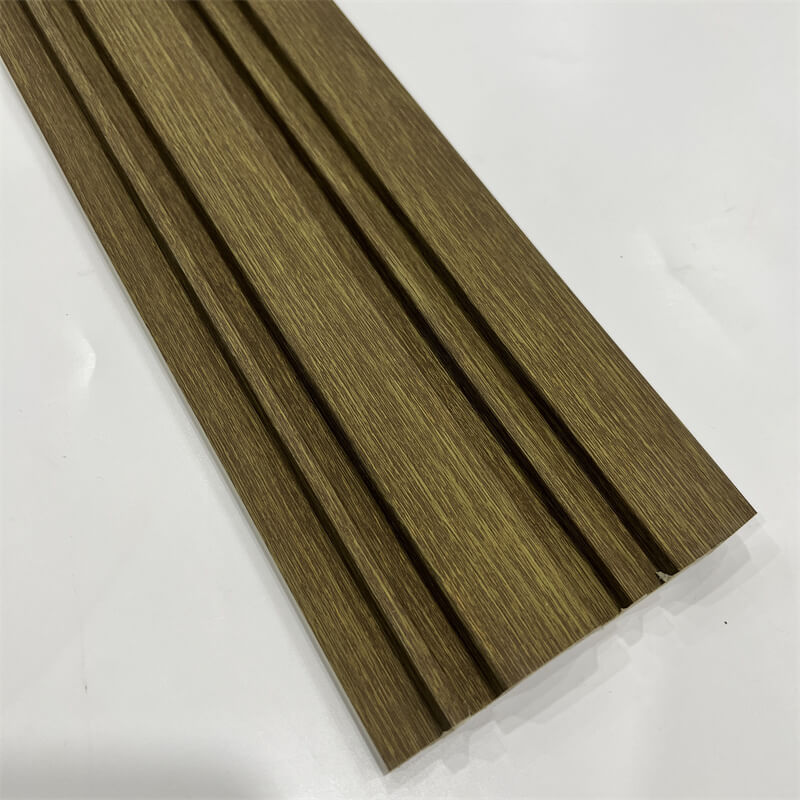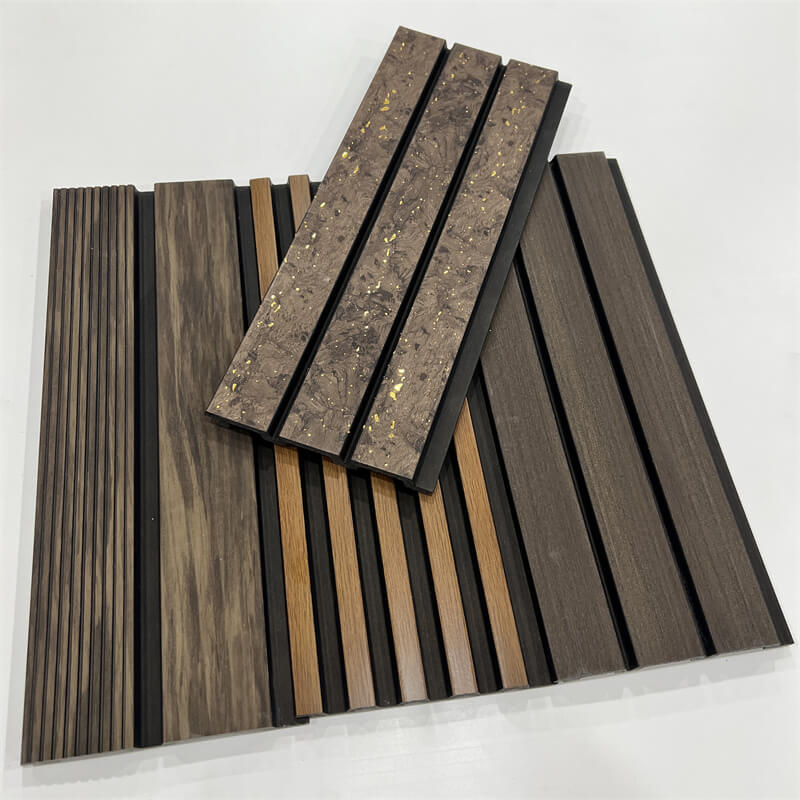
When it comes to enhancing the look and feel of your interior space, the choice of wall coverings plays a vital role.
Traditionally, options such as paint, wallpaper, and tiles have been popular choices.
However, PS (polystyrene) wall panels have emerged as a versatile alternative that offers unique advantages.
In this article, we will compare PS wall panels with traditional wall coverings, exploring their differences in terms of aesthetics, durability, installation, and maintenance.
By understanding the pros and cons of each option, you can make an informed decision about which is right for you.
I. Aesthetics:
Versatility vs. Traditional Charm When it comes to aesthetics, both PS wall panels and traditional wall coverings have distinct qualities.
PS Wall Panels: PS wall panels offer a wide range of designs, patterns, textures, and finishes.
They can replicate the appearance of natural materials like wood, stone, or brick, as well as offer contemporary and innovative designs.
PS wall panels allow for customizable and unique looks, offering versatility to match various design preferences and architectural styles.
They are an excellent choice for those seeking modern, sleek, and visually appealing interiors.
Traditional Wall Coverings: Traditional wall coverings like paint, wallpaper, and tiles have their own timeless charm.
Paint provides a clean and simple look, with a variety of colors to choose from.
Wallpaper offers an extensive range of patterns and designs, allowing for intricate detailing and customization.
Tiles provide a durable and classic option, especially in areas prone to moisture, such as kitchens and bathrooms.
Traditional wall coverings have a nostalgic appeal and can create a warm and cozy ambiance.

II. Durability:
Longevity and Resilience Durability is an important factor to consider, especially for high-traffic areas or spaces that require frequent cleaning.
PS Wall Panels: PS wall panels are known for their durability.
They are crafted from high-quality polystyrene, which is resistant to cracks, chips, and fading.
These panels can withstand wear and tear, making them suitable for commercial spaces or areas prone to impact or moisture.
PS wall panels retain their aesthetic appeal over time, providing long-lasting beauty and minimizing the need for frequent repairs or replacements.
Traditional Wall Coverings: The durability of traditional wall coverings depends on the specific material.
Paint can be prone to chipping or fading, requiring touch-ups over time.
Wallpaper, depending on the quality, may peel or get damaged in humid conditions.
Tiles are generally durable but can crack or chip under significant impact.
Regular maintenance and occasional repairs are often necessary for traditional wall coverings to maintain their original appearance.
III. Installation:
Ease and Convenience The ease of installation can greatly impact the time, effort, and cost involved in transforming your interior space.
PS Wall Panels: PS wall panels offer a relatively easy and convenient installation process.
These lightweight panels can be installed using adhesive or nails, depending on the specific product.
Some panels feature interlocking mechanisms, ensuring a seamless fit.
With proper measurements and preparation, PS wall panels can be installed by homeowners or professionals with minimal expertise, saving time and labor costs.
Traditional Wall Coverings: The installation process for traditional wall coverings can vary depending on the material.
Paint requires surface preparation, including cleaning, priming, and multiple coats.
Wallpaper installation involves proper surface preparation, precise measurements, and meticulous application to avoid air bubbles or misalignment.
Tile installation typically requires professional expertise, including precise measurements, adhesive application, grouting, and sealing.
Traditional wall coverings often require more time and skill, and professional help may be necessary for complex installations.

IV. Maintenance:
Effort and Upkeep Maintenance requirements play a significant role in the long-term care of your wall coverings.
PS Wall Panels: PS wall panels are relatively low maintenance.
They are easy to clean and require regular dusting or wiping with a soft cloth or mild detergent solution to remove any stains or smudges.
The durable nature of PS panels ensures that they do not easily chip, fade, or peel, minimizing the need for extensive maintenance.
Occasional cleaning and addressing any minor repairs are usually sufficient to keep PS wall panels looking their best.
Traditional Wall Coverings: Maintenance for traditional wall coverings varies depending on the material.
Paint may require periodic touch-ups or repainting to maintain its freshness.
Wallpaper can be delicate and susceptible to tearing or peeling, requiring careful maintenance and repairs.
Tiles may require regular grout cleaning and occasional replacement of damaged tiles.
Traditional wall coverings often demand more effort and upkeep compared to PS wall panels.
When deciding between PS wall panels and traditional wall coverings, consider your design preferences, desired durability, installation convenience, and maintenance requirements.
PS wall panels offer versatility, durability, and easy installation, making them an excellent choice for those seeking modern aesthetics and low maintenance.
Traditional wall coverings have their own charm and appeal, providing a nostalgic ambiance but may require more effort in installation and maintenance.
Assess your specific needs and priorities to make an informed decision that suits your style, budget, and the demands of your space.
